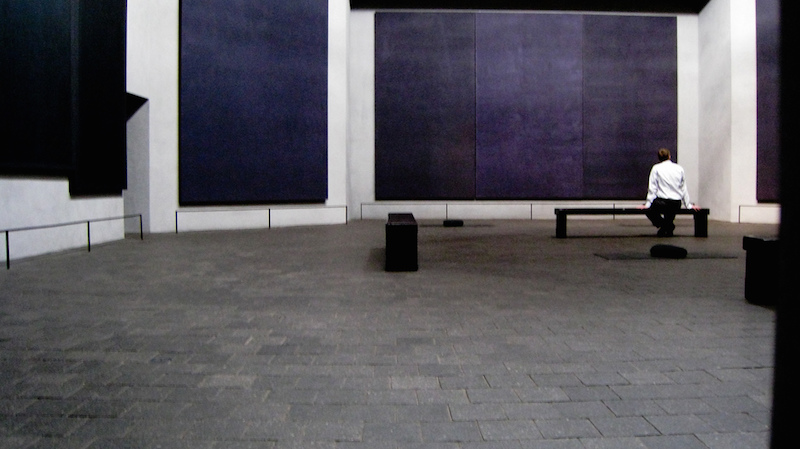If you want to understand American art, there are a handful of names you have to know. Nearly everyone would agree that one of them is Rothko.
Most will hear the name Mark Rothko and imagine large vertical canvases with bright, warm colors in saturated rectangles, representative of the popular Rothkos of the 1950s.
However, he may also be one of the most misunderstood artists of the 20th century. The only U.S. venue to offer a definitive retrospective of his work is in Houston.
Gary Tinterow, the director of the Fine Arts Museum in Houston, explains Rothko’s legacy in Houston, home to one of his most enduring works.
“Most everyone would agree that the Rothko Chapel is his greatest achievement,” Tinterow says.
Some may think of Rothko’s large, bright canvases as his essential works, but Tinterow says he wanted to create works to elicit emotion. “He had a tremendous fear of being accused of being a decorative painter,” he says.
By seeing a variety of his work, you get a sense of the struggle to create art that wasn’t “simply beautiful,” Tinterow says, and most of Rothko’s art succeeds in that way.
The Houston exhibit includes some of the full-scale sketches of Rothko’s later-abandoned plans for commissioned art for the Four Seasons restaurant in New York. To best understand why he turned the job down, Tinterow says we need to understand the context of the post-McCarthy era.
“He had left-wing sympathies, there’s no question about it,” Tinterow says. “The notion that privileged people would be dining with pinkies extended in front of these paintings that he struggled to accomplish was, to him, ultimately anathema.”














